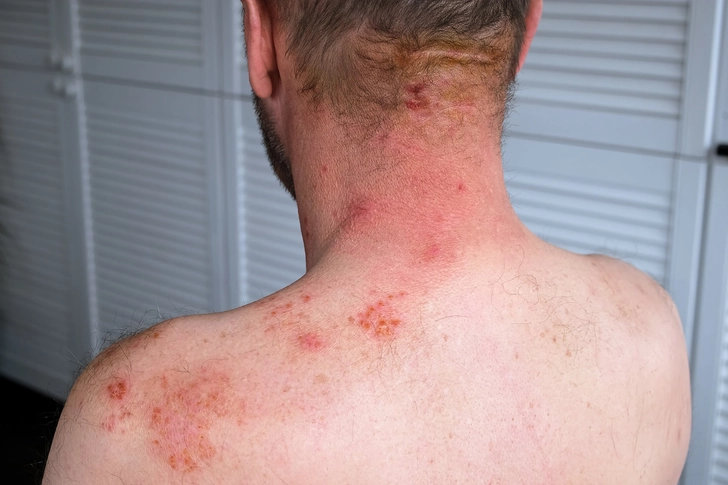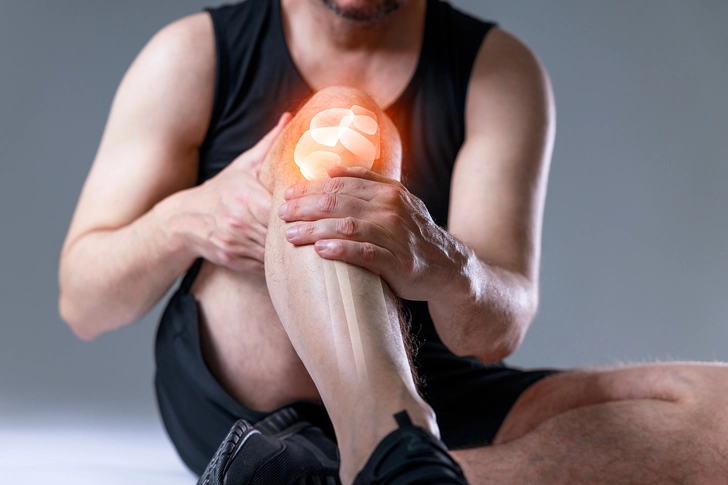- Overview
- Symptoms
- Causes & Risks
- Screening & Testing
- Diagnosis
- Treatment
- How HIV Affects the Body
- Opportunistic Infections
- Complications
- Living With
- Dating & Relationships
- Support & Resources
- Prevention
- Appointment Prep
- View Full Guide
Understanding HIV and Pain


Understanding HIV and Pain
Living with HIV often means managing chronic pain, which can affect almost any part of your body. Pain may stem from the virus itself, other illnesses, or side effects of medications. Severe pain can interfere with your daily life. To find effective relief, it's crucial to talk to your doctor about what you're going through.

Causes of HIV-Related Pain
HIV pain can come from nerve damage from the virus itself, other illnesses, or medication side effects. Nerve pain, the most common type, causes burning or tingling sensations. Infections, such as shingles or herpes, can also lead to lasting pain. Some HIV medications may cause issues, such as bone loss or rashes. Often, multiple factors contribute to the pain.

Types of HIV-Related Pain
HIV-related pain varies widely. Peripheral neuropathy causes numbness or burning, mainly in your legs and feet. Medications may lead to headaches, stomach cramps, or diarrhea. Joint pain, rashes, and mouth ulcers are also common. Each type of pain requires specific care, so tell your doctor all your symptoms.

HIV and Joint Pain
Joint pain is common in people with HIV, often appearing later in the disease. Pain can range from mild to severe. HIV can raise your arthritis risk. Patients with HIV may be more likely to get painful types of arthritis, with chronic, or long-lasting, inflammation. Your doctor may recommend treatments such as antiretroviral therapy, pain relievers, or physical therapy. Heat or cold therapy and gentle exercise can also help ease discomfort.

Lifestyle Tips for Pain Management
Stay active with a mix of cardio, strength training, and stretching to ease pain. Yoga and meditation can help with headaches and muscle aches. Cognitive behavioral therapy may help you reframe how pain affects your life. Always consult your doctor before starting new activities or therapies.
PHOTO CREDENTIALS
Slide 01 - TetianaKtv/Shutterstock
Slide 02 - Hanna Taniukevich/Shutterstock
Slide 03 - fizkes/Shutterstock
Slide 04 - Ahmet Misirligul/Shutterstock
Slide 05 - Rocketclips, Inc./Shutterstock
SOURCES:
Journal of the International AIDS Society: "Pain in people living with HIV/AIDS: A systematic review."
Thewellproject.org: "HIV-related Pain."
National Institute of Neurological Disorders and Stroke: "Neurological Complications of HIV and AIDS Fact Sheet."
Cleveland Clinic: "Burning, Lingering Pain after Shingles? 5 Options May Help You," "What's Better for Soothing Arthritis Pain? Ice or Heat?"
Current Neuropharmacology: "The Molecular and Pharmacological Mechanisms of HIV-Related Neuropathic Pain."
Aidsinfo.nih.gov: "Guidelines for the Use of Antiretroviral Agents in Adults and Adolescents with HIV,” “Side Effects of HIV Medicines."
Canadian AIDS Treatment Information Exchange (CATIE): "A Practical Guide to HIV Drug Side Effects: Headache," "Muscle Aches and Pains," "Rash and Other Problems of the Skin, Hair, and Nails," "Mouth and Throat Problems."
Cochrane.org: "Cognitive behavioral therapies for fibromyalgia syndrome."
Clinical Infectious Diseases: "2017 HIVMA of IDSA Clinical Practice Guideline for the Management of Chronic Pain in Patients Living With HIV."
National Institute on Aging: "Exercising with Chronic Conditions."
Harvard Health Publishing: "Relieving pain with acupuncture."
Journal of Infectious Diseases and Therapy: "Joint Manifestations in HIV Infection: A Review."
National Health Service (U.K.): "Symptoms: HIV and AIDS."
Rheumatology: "Assessment and Management of Musculoskeletal Disorders Among Patients Living With HIV."
University of California, San Francisco, HIV InSite: "Rheumatologic and Musculoskeletal Manifestations of HIV."
Current Rheumatology Reports: "Drug-related Myopathies of Which the Clinician Should Be Aware."
American College of Rheumatology: "HIV and Rheumatic Disease."
BMC Infectious Diseases: "Inflammatory arthritis in HIV positive patients: A practical guide."